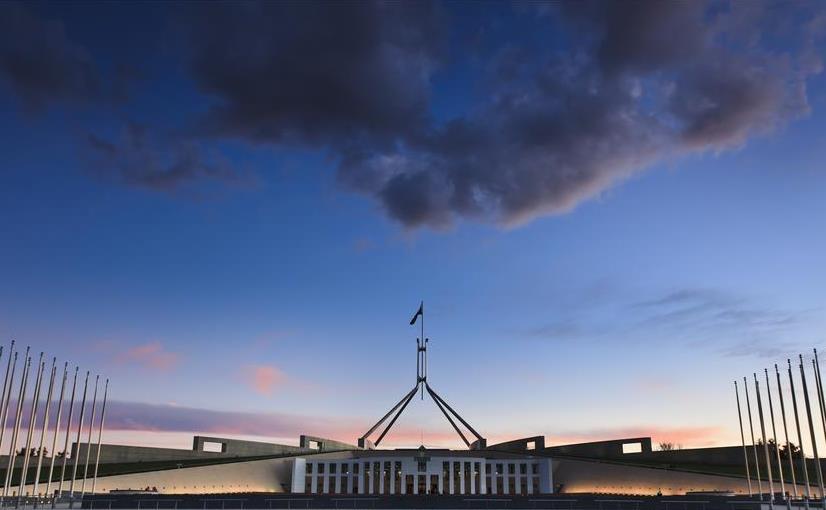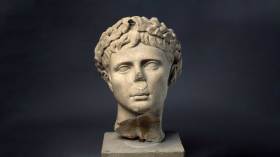With the announcement of the Inquiry into the arts in August, now is the time to advocate for the sector like never before. There is a plethora of evidence for the impacts of the arts, cultural and creative industries on all aspects of our lives, from the economy through to education. But it’s not just about the information we present: it’s about how we communicate it.
When in Canberra, speak Canberran
If you are talking to politicians, it makes sense to use their language. Here are some terms which may be a useful frame for your arguments.
1) Win the battle for jobs
According to the Federal Government, the creative and cultural industries are engines for job growth:
- The creative and cultural industries employ 645,000 Australians
- The creative arts alone employ 194,000 people – four times the number employed by the coal mining industry
- Before the pandemic, creative industries jobs were increasing at twice the rate of the rest of the Australian economy.
The creative and cultural industries contributed $63.5 billion to the Australian economy in 2016-17. The industries also have positive downstream impacts on the economy, including tourism and hospitality.
2) Bringing the economy out of ICU for a new generation of economic success
The government wants to leverage and build on strengths, including ‘an educated and highly skilled workforce that supports not just a thriving and innovative services sector, but a modern and competitive advanced manufacturing sector.’
Research shows that industries with stronger links to creative industries have stronger innovation performance. This will require bringing together creative industries specialists with engineers, technologists and material scientists. Creative industries can add critical value to Australian industries:
- Advanced manufacturing + industrial design = niche valuable consumables and improved manufacturing security for future pandemics
- Medtech + gamification, user experience design, data visualisations = export-ready, high-value medtech products and services and improved medtech security for future pandemics
- Ageing and aged care + games for dementia, architectural design for positive aged care and end of life facilities = export-ready aged care products and services and greater quality of life for Australian residents
- ICT development + user experience design, big data visualisations = export-ready ICT services
- Agriculture + Augmented Reality crop disease identification = more efficient and competitive agricultural sector and greater domestic food security
- Defence and aerospace + military simulations = export-ready services and improved Australian national security
3) Backing small businesses
According to Prime Minister the Hon Scott Morrison MP, small business drives the Australian economy and the data bears him out: the Australian economy is dominated by small businesses, and the creative industries are no exception. 99% of the Australian creative industries are small businesses, working to support their families and build employment for Australians from the ground up.
Arts-rich education has also been shown to improve school engagement, motivation, memory and the creative skills required by the workforce of the future.
Arts are also essential to building the next generation of Australia’s business leaders, with a strong correlation between arts engagement in childhood with later innovation and entrepreneurship.
4) The budget bottom-line
Government spending on the creative and cultural industries can lead to savings across multiple portfolios. Here are a few examples.
Aged care
The arts can help people to stay in their homes longer, which can lower the government’s spending on residential aged care. Arts engagement reduces the likelihood of developing dementia and improves older people’s mental health, wellbeing, physical health and quality of life.
Read: Why you should make a submission to the Parliamentary Inquiry into the arts
Primary health care
Arts interventions can lead to savings in medical and pharmaceutical costs. For example, visual arts in hospital design has proven clinical benefits, whilst creative writing reduces HIV-viral loads.
Mental health and productivity
Arts and cultural participation improves people’s wellbeing, which can reduce the cost of government’s spend on mental health services and pharmaceutical subsidies.
Arts programs can also reduce the costs of stress-related leave and workers compensation for mental health claims, and improve the productivity of the workforce. For example:
- Cultural access was found to be the second most important determinant of psychological subjective wellbeing after multiple morbidities, ahead of occupation, age, income and education
- There are higher reports of wellbeing amongst Australians who engage with the arts
5) Choice and opportunity for young people
Morrison has argued that ‘we must also combat the negative influences on our young people that lead to depression, suicide, self-harm, abuse and antisocial behaviour that in turn threatens our community. We need to help our young people make positive choices for their lives and be there to help them get their lives back on track when they fall.’
Supporting at-risk young people is a complex task and we need all the tools we have available to help young people, especially the COVID generation. Specialist arts and mental health workers can form part of this alliance, engaging at-risk young people, helping them to see a future for themselves.
6) Backing the regions
The Regional Australia Institute sees the creative industries as an engine for economic growth in regional Australia. Creative businesspeople also play a role in local innovation and liveability, which attract and retain people in regional areas.
7) The Australian way of life
Middle Australians believe that arts and culture are fundamental to the Australian way of life. They want local arts and culture which reflects Australia’s multiculturalism, creating a sense of national pride and identity.
By supporting the creative and cultural industries, governments also supports Australians to have more options and make their own choices. Australians can decide how they want to engage with arts and culture, physical activity, mental health services, return-to-work, employment options, small business development.
8) A final tip: don’t overstate the value of the arts
Artists can’t solve everything, nor do we need to. However, the arts are proven to be very effective at helping with ‘wicked’ public policy problems. Mental health, youth employment, jobs in the regions – these are all ‘wicked’ problems, which need more than one type of intervention to make a decent impact on public expenditure and Australians’ wellbeing and prosperity.






